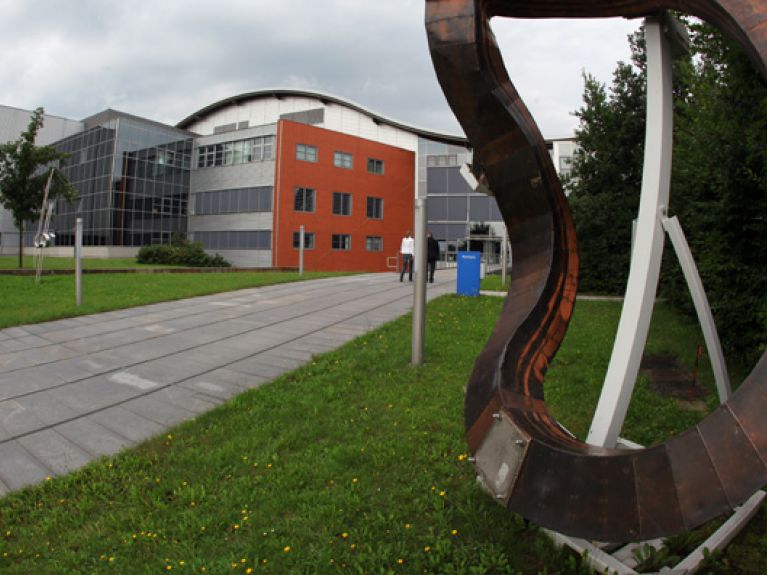Strong communities
Four strong research organizations: Germany has outstanding non-university research institutions.

What do a north German physicist, a Saxon philosopher, a Prussian physiologist and a Bavarian optician have in common? They all gave their names to non-university research organizations in Germany. One after the other: 82 Max Planck institutes (MPI) are involved in a wide range of research at the highest level – from the MPI for Plasma Physics in Greifswald (photograph, above) to the Max Planck Florida Institute for Neuroscience, one of the society’s five institutes outside Germany.
At the latest count, the 86 institutes of the Leibniz Association are involved in over 4,500 international partnerships in 111 different countries, focusing on subjects from agriculture to peace research. A total of 36,000 people work in the 18 scientific-technological and biological-medical research centres of the Helmholtz Association, Germany’s largest research organization. The Fraunhofer-Gesellschaft is Europe’s largest organization for applied research. It demonstrates its great commitment to the practical application of research, for example, at the Fraunhofer Institute for Applied Optics and Precision Engineering in Jena (photograph, below).

